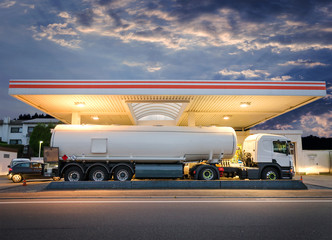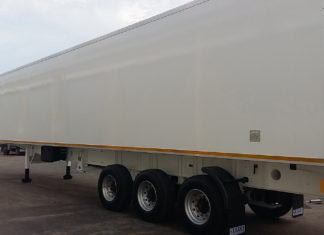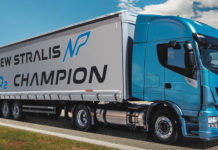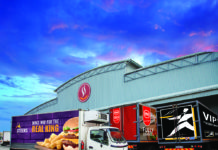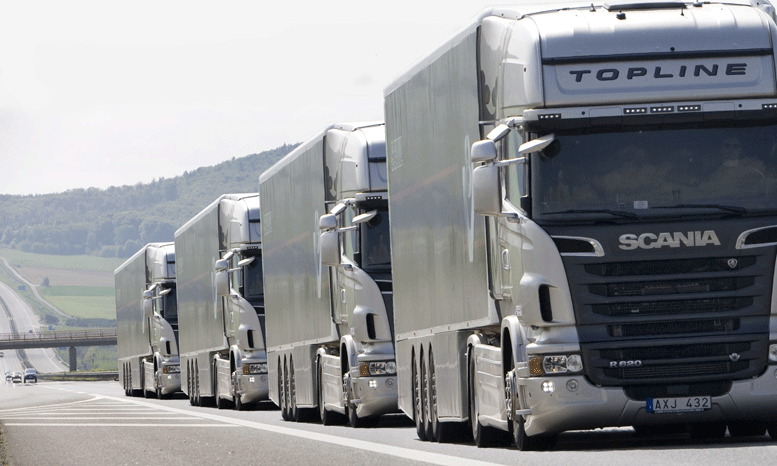The freight and transport industries are in a state of evolution, with the key marker being the need to develop means to offer greater efficiency and cleaner transport solutions. As such, third party suppliers such as Shell, are collaborating with various OEMs in order to present innovations that will lead the industry of the future.
With the evolution in shopping for example, the demand in freight and logistics will increase significantly, with statistics showing that over 22% of the world’s population now shop online, purchasing a number of goods from clothing to electronics, furniture, food and more. As a result, there is a drive for greater customer service, and in turn, timely freight deliveries.
“With the world’s population on the rise, a wider array of fuels are required to continue on the road to net-zero carbon emissions, while meeting the rising energy demand,” says Usha Lad, Project Leader Heavy Duty Diesel Engine Oil at Shell. “As such, high quality lubricants will be essential to allow engines and vehicles to run under the considerable stresses these new technologies will place on them, while at the same time reducing fuel consumption.”

With the increased number of heavy-duty vehicles entering the road systems, this will undoubtedly increase calls for lower emissions and greater efficiencies in the industry. These calls will drive the need for collaboration, and will see unprecedented partnerships from across the fleet and transport sectors – from those involved in the research dictating policy, to those involved in the design and manufacture of new vehicle technologies. As this increases, industry collaboration will rise to the next level, with the aggregation of a range of fleet services and offerings.
This change is giving rise to the development of a range of alternative energies, engines and powertrain technologies to meet the growing demand for transport with lower emissions. A global ‘mosaic’ of alternative fuels and energies will co-exist as a result, based on different types of transport, journeys and local economic factors.
“Heavy-duty trucks will remain reliant on liquid fuels in the long-term, given the energy density needed from a fuel,” says Lad. “And while petrol and diesel remain the primary fuel for heavy-duty trucks, we are working to squeeze the most out of each drop, by providing high quality lubricants that have been developed in collaboration with our industry partners.”
Additionally, biofuels in particular are important alternatives to consider, and while some segments of the transport sector will likely electrify more quickly, liquid fuels will continue to play a role in freight and long distance transport for some time to come and will continue to be important in the longer term to decarbonise these sectors.
McDonald’s, for example, is one company that has initiated a project to help reduce the company’s carbon footprint in India by recycling the used cooking oil from their kitchens into biodiesel, which they use to fuel more than half of their delivery trucks.
“For our part, Shell is involved in a joint venture with Brazilian company Cosan, called Raízen, which is the world’s largest producer of sugar-cane ethanol. We are also bringing our innovation and commercialisation capabilities to develop and scale-up third party technologies,” says Lad.
Further, Shell gas-to-liquids (GTL) fuel is another type of alternative fuel for use in existing diesel engines without modifications, which can lower local emissions with no infrastructure investment required.
”We recently conducted an intensive nine-month trial in the UK with 50 new DAF LF 230 fridge trucks fuelled with Shell GTL fuel. The trucks belong to Brakes, a leading supplier to the foodservice sector, that has delivered significant air quality improvements, including a 47% reduction in NOX emissions,” says Lad. “Shell GTL fuel is also already in daily use with commercial fleets in Germany and the Netherlands.”
Meanwhile, liquefied natural gas (LNG) is emerging as a cost-competitive cleaner fuel to power heavy-duty transport. LNG as goods transport fuel offers advantages such as higher energy density and – if used in dedicated applications, such as corridors – easier distribution; that means only a limited number of retail stations in particular in the highway networks would be required to supply heavy-duty vehicle fleets with sufficient LNG fuel.
In the long run, Lad hints that LNG could be supplemented either with gas from biomass (CBG or LBG) or Power-to-Gas fuels. This can be achieved by directly using biogas/PtG, or using LNG from the natural gas grid into which biogas or some syngas has been fed previously.
When working towards more efficient, cleaner fuel, vehicle and lubricant options for future freight and transport, collaboration will be key for success. Overall with the ever changing environment of freight, new innovations will arise and it is up to the industry parties involved to adapt with these and thrive in the long run.


